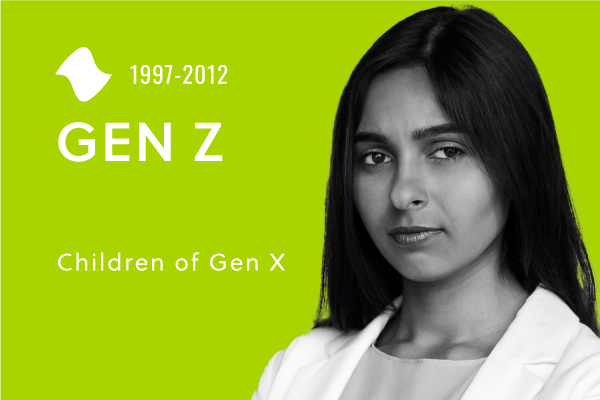Fact Sheet
Age range of Gen Z (2021): 9–24
Gen Z’s share of the U.S. population (2020): 20.3%
Birth years of Gen Z: 1997–2012
Youngest members will graduate high school in: 2029
Share of Overall Power
Generation Z holds 3.7% of Overall Power in the Generational Power Index

Generation Z
Generation Z—or just “Gen Z”—the cohort born between 1997 and 2012, is the newest generational entry to the workforce, with its oldest members in their early-to-mid 20s.
In contrast to the Millennials, the vast majority of Gen Z were not alive or old enough to remember the tragic events of 9/11, the start of wars in Afghanistan or Iraq, or the Great Recession—all pivotal and life-shaping events for older generations.
However, this does not mean that Gen Z is ignoring the hard lessons learned by Millennials. According to Goldman Sachs analysts, Gen Z is “more conservative, more money-oriented, more entrepreneurial and pragmatic about money compared with Millennials.”
Of the generations covered in the GPI report, Gen Z is unquestionably the most diverse and digital-savvy, having access to modern technology since birth. Because technology and instant communication has proliferated around the globe, Gen Z is sometimes regarded as the first ever global generation. Previous generational labels, such as Baby Boomers, were more applicable to the United States and Canada.
Gen Z currently makes up about 20% of the U.S. population, though smaller percentages of the current work force or voting population.

